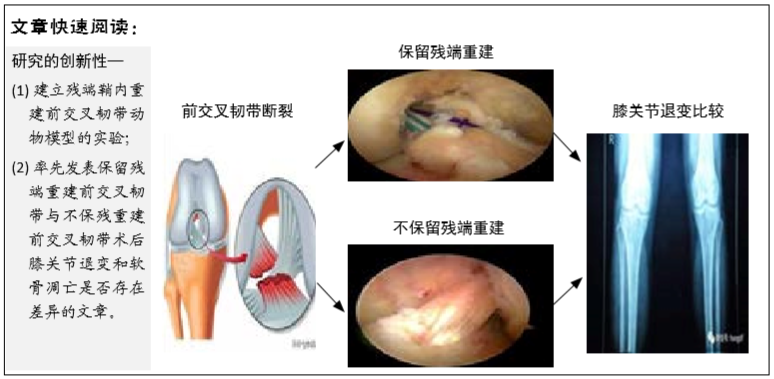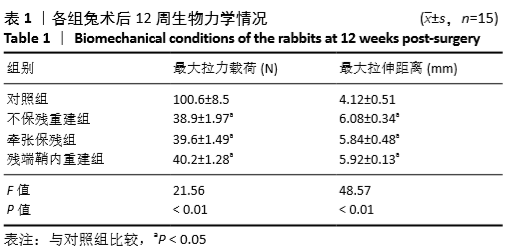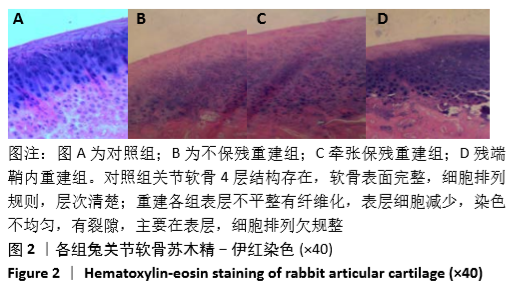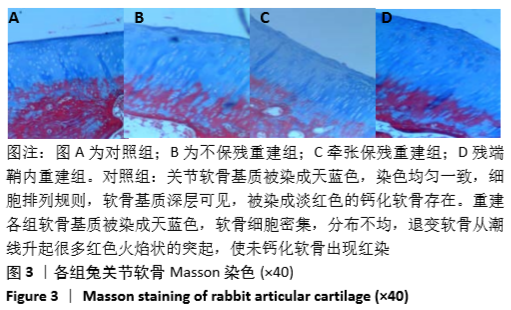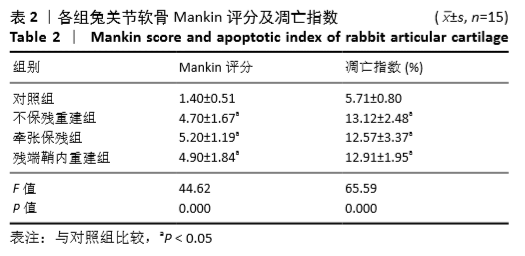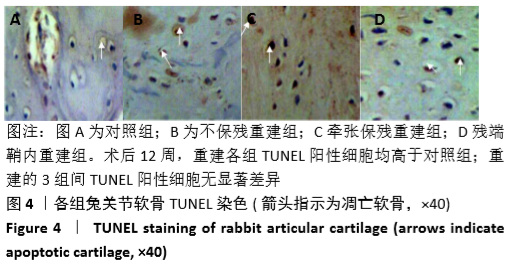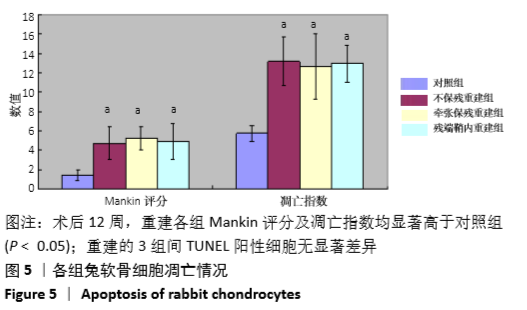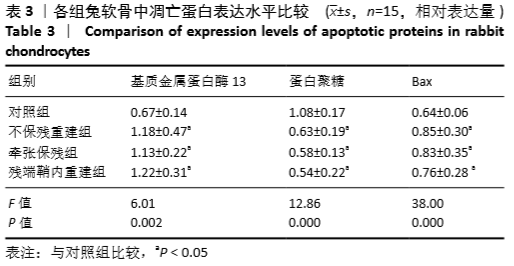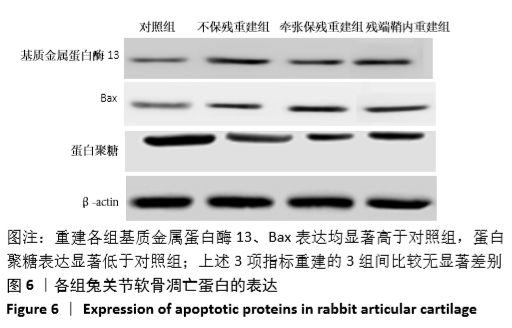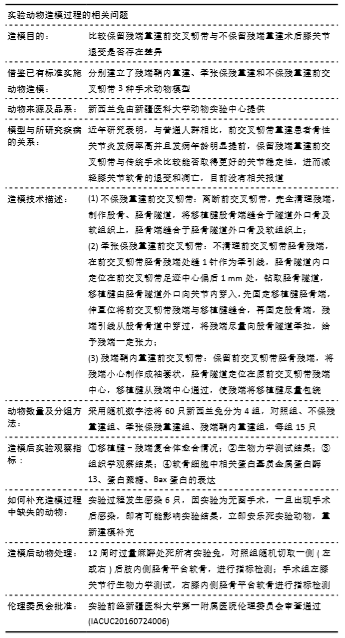[1] CHEN K, YIN L, CHENG L, et al. In vivo motion of femoral condyles during weight—bearing flexion after anterior crueiate ligament rupture using biplane radiography.J Sport Sci Med.2013;12(3):579-587.
[2] 陈伟,邹刚,刘毅.LARS韧带在前交叉韧带重建中的临床应用与关注热点[J].中国组织工程研究,2020,24(8):1287-1292.
[3] LEITER JR, GOURLAY R, MCRAE S, et al. Long-term follow-up of ACL reconstruction with hamstring autograft.Knee Surg Sports Traumatol Arthrosc. 2014;22(5):106l-1069.
[4] 李云霞,陈天午,陈世益,等.功能支具对前交叉韧带重建术后膝关节软骨退变和临床预后的影响:基于定量磁共振影像评价的研究[J].中国康复医学杂志,2019,34(8):913-919.
[5] SANFORD BA, ZUEKER-LEVIN AR, WILLIAMS JL, et al. Printipal component analysis of knee kinematics and kinetics after anterior cruciate ligament reconstruction.Gait & Posture.2012;36(3):609-613.
[6] DENEWETH JM, BEY MJ, MCLEAN SG, et al. Tibiofemoral joint kinematics of the anterior cruciate ligament-reconstructed knee during a single-legged hop landing.Am J Sports Med. 2010;38(9):1820-l828.
[7] 李磊,吴昊.前交叉韧带保留残端重建术治疗前交叉韧带损伤的研究[J].实用骨科杂志,2019,25(12):1067-1072.
[8] 陈均源,杨杰,李劼若,等.关节镜下前交叉韧带重建保留与不保留残端临床疗效比较的Meta分析[J].中国循证医学杂志,2016,16(2): 153-159.
[9] LEE BI, MIN KD, CHOI HS, et al. Arthroscopic anterior cruciate ligament reconstruction with the tibial-remnant preserving technique using a hamstring graft. Arthroscopy. 2006;22(3):340.e1-347.
[10] AHN JH, WANG JH, LEE YS, et al. Anterior cruciate ligament reconstruction using remnant preservation and a femoral tensioning technique: clinical and magnetic resonance imaging results.Arthroscopy. 2011;27(8): 1079-1089.
[11] IMHAUSER C , MAURO C, CHOI D, et al. Abnormal Tibiofemoral Contact Stress and Its Association With Altered Kinematics After Center-Center Anterior Cruciate Ligament Reconstruction: An in Vitro Study.Am J Sports Med. 2013;41(4):815-825 .
[12] BUTLER RJ, MINICK KI, FERBER R, et al. Gait mechanics after ACL reconstruction:implications for the early onset of knee osteoarthritis.Br J Sports Med. 2009;43(5):366- 370.
[13] HART HF, CULVENOR AG, COLLINS NJ, et al . Knee kinematics and joint moments during gait following anterior cruciate ligament reconstruction: a systematic review and meta-analysis.Br J Sports Med. 2016;50(10): 597-612.
[14] BJÖRNSSON H, SAMUELSSON K, SUNDEMO D, et al. A Randomized Controlled Trial With Mean 16-Year Follow-up Comparing Hamstring and Patellar Tendon Autografts in Anterior Cruciate Ligament Reconstruction. Am J Sports Med. 2016;44(9):2304-2313.
[15] KARIKIS I, DESAI N, SERNERT N, et al. Comparison of Anatomic Double-and Single-Bundle Techniques for Anterior Cruciate Ligament Reconstruction Using Hamstring Tendon Autografts:A Prospective Randomized Study With 5-Year Clinical and Radiographic Follow-up. Am J Sports Med.2016; 44(5):1225-1236.
[16] JANSSEN PA, DU MÉE A, VAN VALKENBURG J, et al. Anterior cruciate ligament reconstruction with 4-strand Hamstring autograft and accelerated rehabilitation:a 10-year prospective study on clinical results, knee osteoarthritis and its predictors. Knee Surg Sports Traumatol Arthrosc. 2013; 21(9):1977-1988
[17] GERHARD P, BOLT R, DUCK K, et al. Long-term results of arthroscopically assisted an atomical single-bundle anterior cruciate ligament reconstruction using patellar tendon auograft: arethere any predictors for the development of osteoarthritis?.Knee Surg Sports Traumatol Arthrosc. 2013;21(4):957-964.
[18] HWANG HS, KIM HA. Chondrocyte Apoptosis in the Pathogenesis of Osteoarthritis.Int J Mol Sci. 2015;16(11):26035-26054.
[19] 余光书,林焱斌,熊国胜,等.补骨颗粒含药血清对大鼠软骨细胞凋亡及 Trx2 信号通路的影响[J].中国骨质疏松杂志,2019,25(6):753-757.
[20] 谢文鹏,徐龙进,王象鹏,等.p38 MAPK 信号通路在膝关节骨性关节炎中医药诊疗中的作用[J].中国实验方剂学杂志,2019,25(8):219-223.
[21] 唐芳,马武开,卢向阳,等.中药塌渍对膝骨关节炎兔 MMP-3、MMP-13、BMP-2、cylinD1、c-myc表达的影响[J].中国老年学杂志,2019,39(3): 614-618.
[22] 欧国峰,董博,刘继华,等.膝骨性关节炎患者关节液中miRNA- 146a、MMP-13的表达分析及相关性研究[J].中医药导报,2018,24(6):13-16.
[23] 刘乃刚,于佳妮,胡 波,等.针刀对膝骨关节炎兔软骨细胞磷酸化黏着斑激酶、磷酯酰肌醇-3激酶、聚集蛋白聚糖基因及蛋白表达的影响[J].针刺研究,2018,43(4):221-225.
[24] OLTVAL ZN, MILLIMAN CI. KORSMCYER SJ. Bcl-2 heterodimerizes in vivo with a conserved homdogy,Bax.that accelreates prcgrammed cell death.Cell.1993;74(4):609-619.
[25] CAI XY, XIA Y, YANG SH, et al. Ropivacaine and bupivacaine-induced death of rabbit annulus fibrosus cells in vitro: involvement of the mitochondrial apoptotic pathway.Osteoarthritis Cartilage.2015;23(10):1763-1775
[26] BREW CJ, CLEGG PD, BOOT-HANDFORD RP, et al. Gene expression in human chondrocytes in late osteoarthritis is changed in both fibrillated and intact cartilage without evidence of generalised chondrocyte hypertrophy. Ann Rheum Dis. 2010;69(1):234-240.
[27] MURRAY MM, SPINDLER KP, BALLARD P, et al. Enhanced histologic repair in a central wound in the anterior cruciate ligament with a collagen-platelet-rich plasma scaffold.J Orthop Res.2007;25:1007-1017.
[28] SONG GY, ZHANG J, LI X, et al. Acute Anterior Cruciate Ligament Reconstruction With an Augmented Remnant Repair: A Comparative Macroscopic and Biomechanical Study in an Animal Model.Arthroscopy. 2014;30(3):344-351
[29] TIE K, CHEN LB, HU DC, et al. The difference in clinical outcome of single-bundle anterior cruciate ligament reconstructions with and without remnant preservation:A meta-analysis.The Knee.2016;23:566-574.
[30] MAEDA S, ISHIBASHI Y, TSUDA EI, et al. Intraoperative navigation evaluation of tibial translation after resection of anterior cruciate ligament remnants. Arthroscopy.2011;27(9):1203-1210.
|
